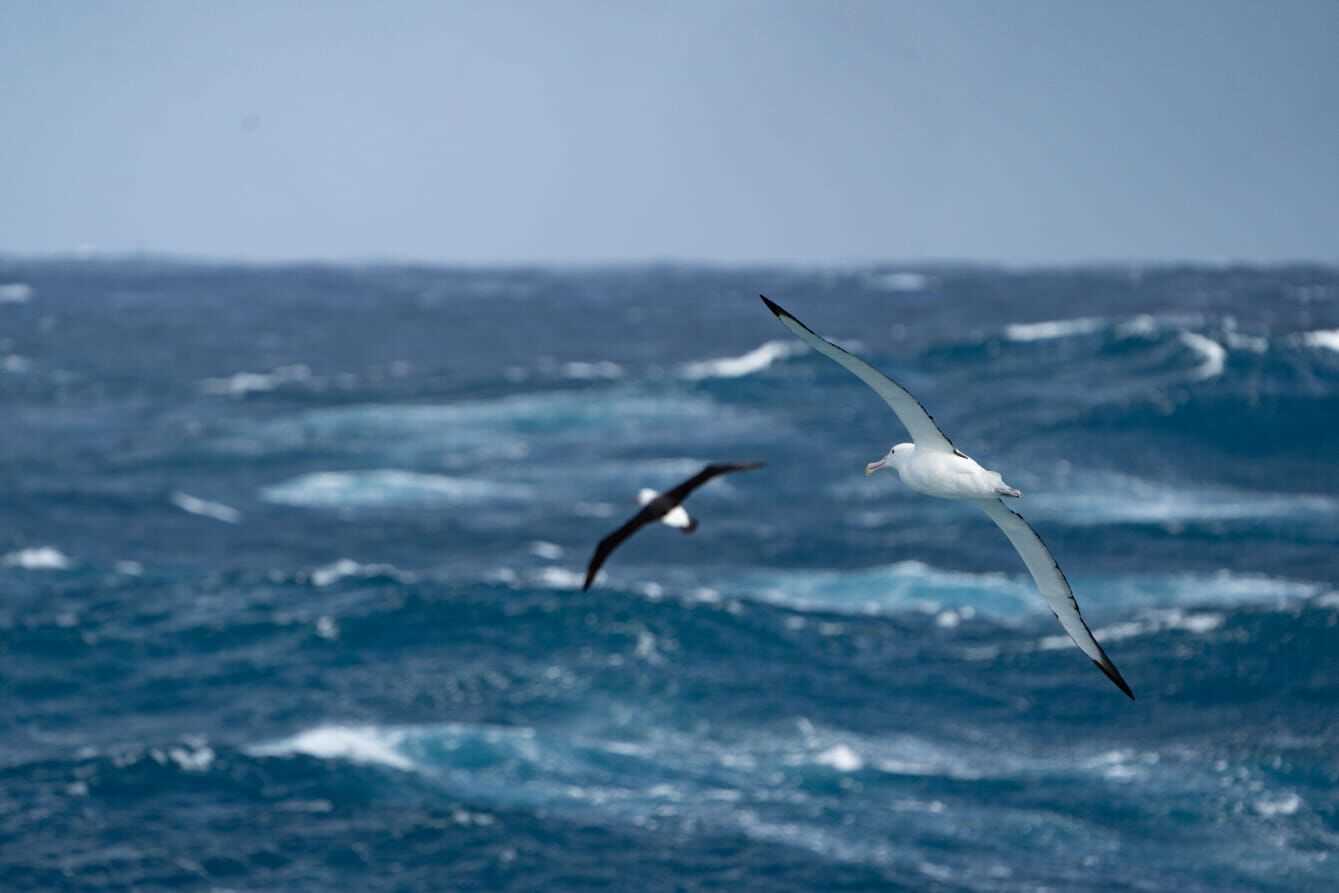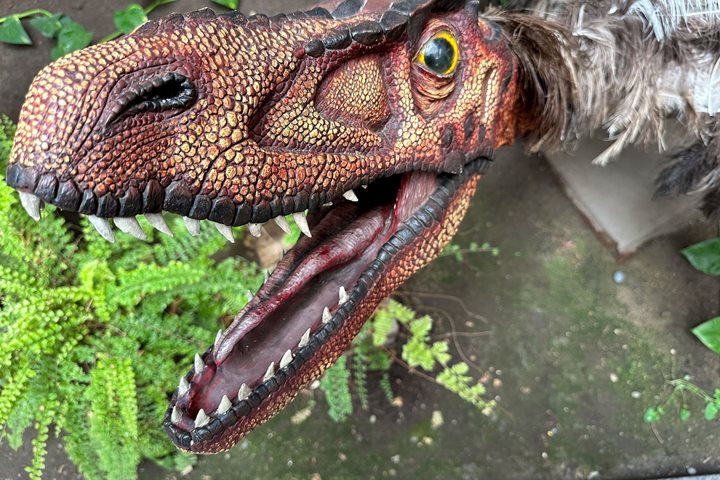This morning, guests of National Geographic Endurance awoke in the middle of the South Atlantic. This is a unique crossing. As the ship transits from Puerto Madryn to the sub-Antarctic island of South Georgia, those aboard are privy to special sightings and experiences.
Many seabirds rely on the building waves and wind that we observed as we near the Southern Ocean. A great force, the Southern Ocean circles Antarctica with unbroken strength. This energy creates a strong barrier, isolating Antarctica biologically and ecologically. Albatrosses, petrels, and prions use the wind to soar just above the waves, using their strong senses to identify prey in the water. These birds–Procellariiformes–have an incredible sense of smell, an adaptation that naturalist Conor Ryan shared with guests today during a morning lecture entitled, “The Smell of the Sea.” What we consider the smell of the sea is actually dimethylsulfide (DMS), which is released by organisms like phytoplanktonic diatoms. Diatoms become food for many primary consumers, including copepods and Antarctic krill. These primary consumers are, in turn, excellent prey for seabirds searching for their next meal. As they swoop from wave to wave, the birds actively hunt.
On this crossing, we have been lucky enough to view the largest seabird of them all, the wandering albatross. This bird can have a wingspan of two meters, over six feet. Wandering albatrosses are monogamous and mate for life. With long lives, sometimes these animals produce offspring into their 60s. Royal albatrosses are their slightly smaller counterpart, and they tend to be rarer in this part of the world. With more black coloring on their wings and a less pink bill, they are a species that may be easily confused with the wanderer.






